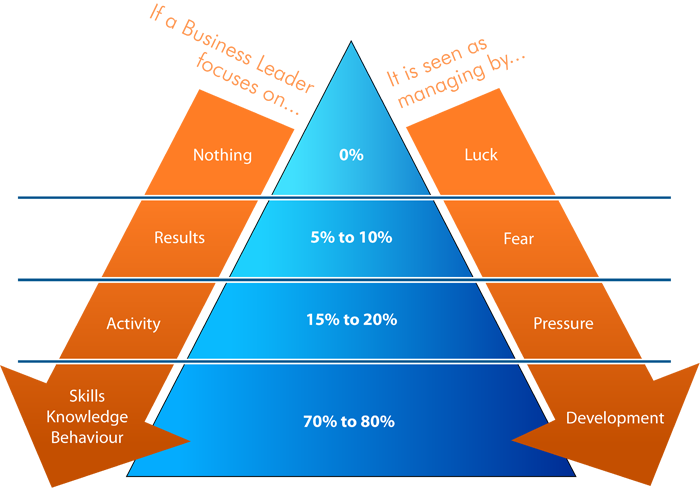BUSINESS MEETINGS
How do we improve communication across our business? One of the key factors is around structuring better meetings.
There are 3 types of meetings that all businesses need:
TEAM HUDDLE
The purpose of this meeting is to ensure that important information for the team is communicated on a regular basis. The frequency will depend on your business but will range from weekly down to daily (or even change of shift). These should be short, sharp meetings with a fixed agenda. Typical times are 5 to 20 minutes. You may decide to have a short weekly meetings with a longer version once per month.
Typical Agenda: 5 – 20 minutes
Since last meeting:
✓ What went well?
✓ What didn’t go so well?
✓ Are there any looming issues or opportunities that we should discuss?
✓ Is there any Company news that should be shared with the team?
✓ OPTIONAL: short training, toolbox, safety talk (15 mins max)
RULES:
✓These meetings should be stand-up meetings preferably around a whiteboard
✓Keep note of agreed actions from the meeting – What? Who? When?
✓If a discussion item doesn’t involve at least 3 departments/people then take it off-line.
TRANSACTIONAL MEETINGS
These are usually adhoc meetings with individuals or sub-teams around specific issues. Most Managers do these meetings well. The challenge is not to let “time vampires” monopolise your time at the expense of others. Make sure that you spend time with all your direct reports. Frequency usually varies with need. Timing should be short and to the point.
CIRCUIT BREAKER MEETINGS
These meetings are critically important as they are about providing quality feedback to your team. Purpose is to give constructive feedback that will help improve performance and build skills and knowledge while modifying behaviours (if required). The principle is highlighted in the managememt graphic below. Frequency is generally monthly to 6-weekly and regular.
See our detailed notes on Circuit Breaker Meetings at https://shifft.com.au/circuit-breaker/
Typical Agenda: 15-20 minutes.
1. Review KPIs and specific performance criteria
2. Review and discuss previous Actions
3. Discuss what’s going well?
4. Explore what’s not going so well?
5. Look for solutions in skills, knowledge and behavioural change
RULES:
✓ This is a regular discussion of individual performance. It is a companion to a rigorous Performace Review process.
✓ This is a short meeting to address obvious areas of concern (from both sides of the table). It is not meant to be an adversarial confrontation
✓ Keep it short and to the point
✓ Keep notes of issues discussed and agreed actions
✓ You do not discuss “day-to-day” transactional issues – hence the name “Circuit Breaker”
✓ Schedule the meetings so they are regular and not skipped meeting

Phone:
Address:
Level 1, 40 James Street, Burleigh Heads QLD 4220 Australia